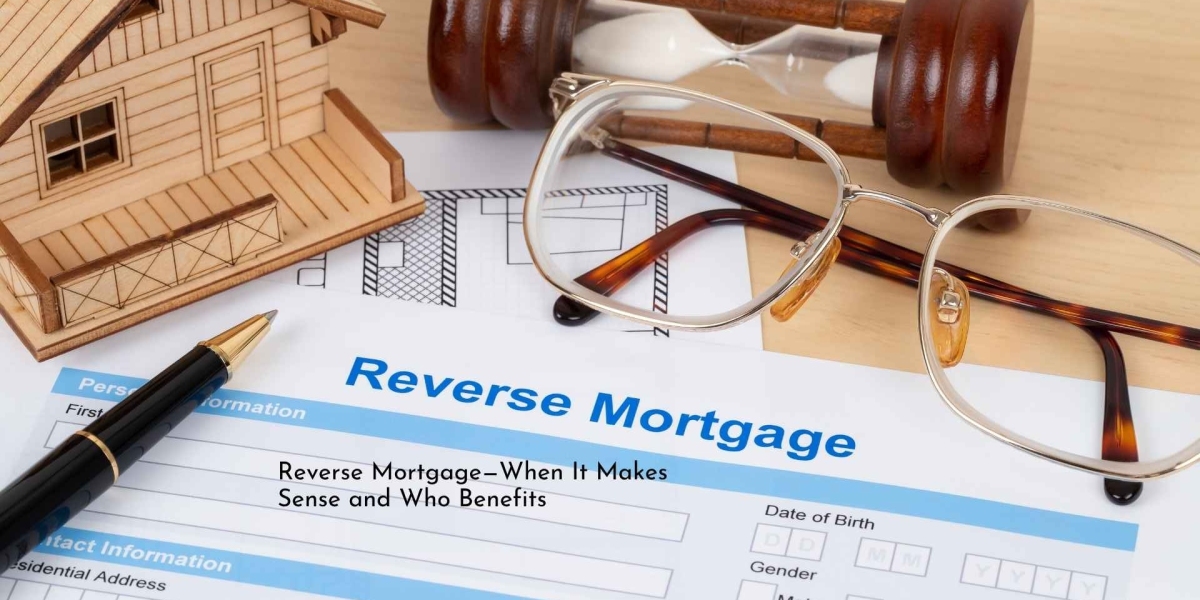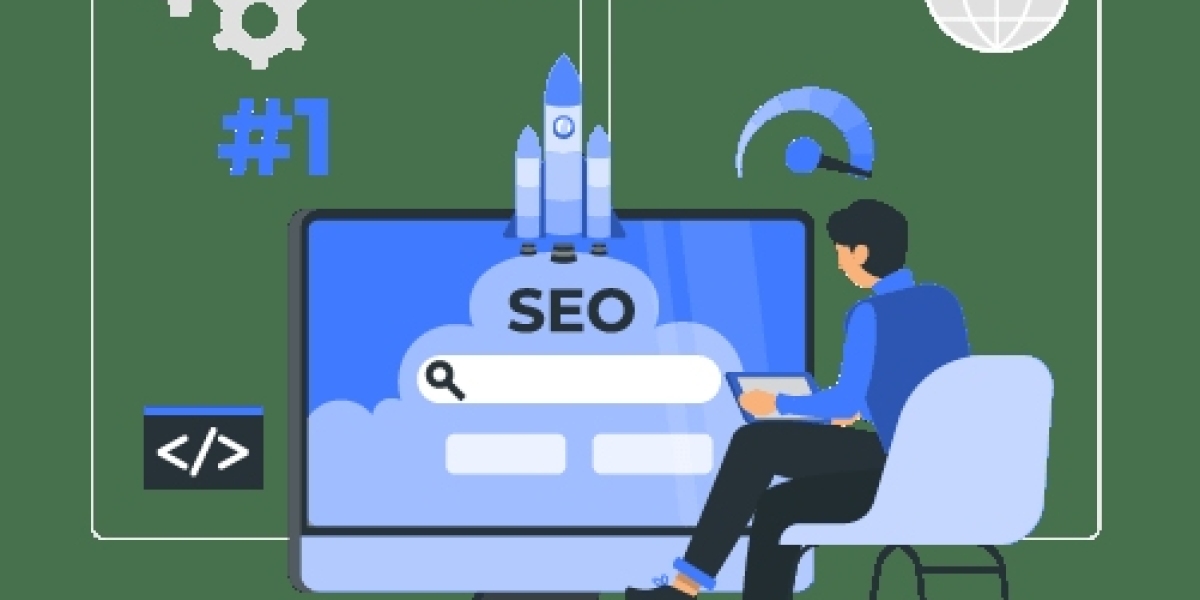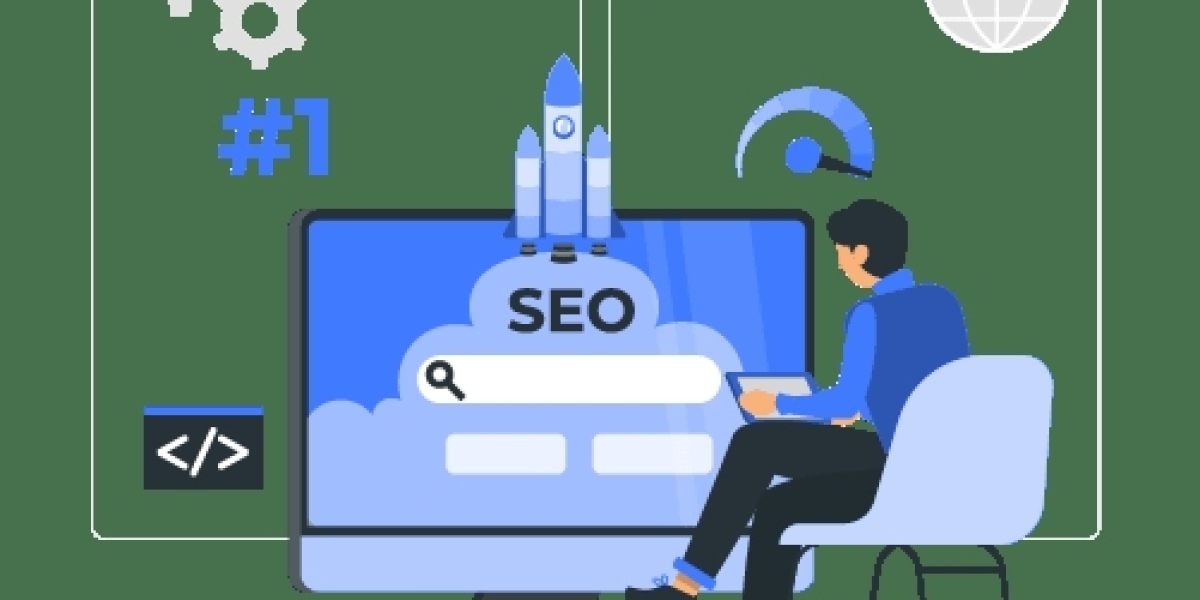Who Benefits and Who Should Avoid
Who may benefit
- Homeowners aged 62+ with strong home equity who want extra income without selling.
- Retirees who plan to stay in their primary residence for many years.
- Households with uneven cash flow that need a predictable monthly payout or a flexible line of credit.
- Owners are looking to eliminate an existing mortgage payment to free up cash each month.
Who should probably skip it
- Anyone planning to move, downsize, or enter assisted living in the near term.
- Homeowners with a strong desire to leave the property free and clear to their heirs.
- Borrowers with limited equity or homes that are costly to maintain (high taxes, insurance, or HOA fees).
- People who are uncomfortable with accruing interest and a shrinking equity position over time.
What Is a Reverse Mortgage?
A reverse mortgage is a loan that lets homeowners 62 or older convert a portion of their home equity into cash. Unlike a traditional mortgage, you don't make monthly principal and interest payments. The loan balance grows over time and is repaid when you move out, sell, or the last borrower passes away. Most reverse mortgages are Home Equity Conversion Mortgages (HECMs), which follow federal rules and include required counseling before closing.
Basic eligibility
- You must be 62 or older.
- The home must be your primary residence.
- You must have sufficient equity (exact amounts vary, but more equity generally means more available funds).
- You must stay current on property taxes, homeowners' insurance, and basic maintenance.
- You'll complete a session with a HUD-approved counselor to confirm understanding of costs and obligations.
How the home and equity are treated
Your home remains in your name. You still own it and can sell it anytime. The lender places a lien, like any mortgage. The amount you can borrow depends on your age, the home's appraised value, interest rates, and FHA lending limits for HECMs. Older borrowers typically qualify for higher percentages because lenders expect a shorter loan duration.
How It Works in Practice
A reverse mortgage turns part of your equity into funds you can access in different ways. You choose the payout style that matches your financial plan, and you can adjust strategies over time within the program's rules. Before running scenarios, many homeowners like to estimate potential proceeds and payment patterns with a free reverse mortgage calculator to see how age, interest rates, and home value affect available cash.
Payment options you can choose from
- Lump sum: Receive a large amount at closing (often with a fixed rate). It is useful for refinancing a traditional mortgage or covering a single major cost.
- Monthly tenure payments: Fixed monthly payments for as long as you live in the home.
- Monthly term payments: Fixed monthly payments for a set number of years.
- Line of credit: Borrow only when needed. Unused credit can grow over time based on the program's rules, giving you a flexible buffer.
- Combination: Blend a line of credit with monthly payments for balance and control.
Costs to expect
- Interest: Accrued and added to your loan balance.
- Mortgage insurance premium (MIP): HECM loans include upfront and ongoing MIP to protect borrowers and lenders.
- Origination and closing fees: Similar to traditional mortgages, can often be financed into the loan.
- Ongoing ownership costs: You must continue to pay property taxes, homeowners' insurance, HOA dues (if any), and keep the home in good repair.
Pros and Cons at a Glance
Advantages
- Converts illiquid equity into cash without selling or taking on required monthly payments.
- Can remove an existing mortgage payment, boosting monthly cash flow.
- Line-of-credit option provides flexible access for unexpected expenses.
- Non-recourse feature in HECMs: you or your heirs never owe more than the home's value at sale.
Trade-offs
- Interest and fees accrue, which reduces the remaining home equity over time.
- Moving out or selling triggers repayment, which may not align with plans to relocate soon.
- Heirs inherit the home with a loan balance attached; they may need to sell or refinance.
- You must stay current on taxes, insurance, and maintenance to keep the loan in good standing.
Scenarios When It Makes Sense
You plan to age in place.
If your home fits your long-term lifestyle—single-story, accessible location, near family and services—a reverse mortgage can align cash flow with that plan, keeping you in familiar surroundings.
You want to refinance your current mortgage.
Using proceeds to pay off an existing mortgage removes a monthly principal-and-interest payment—the result: lower baseline expenses and a more resilient retirement budget.
You need a flexible buffer for lumpy costs.
Medical bills, home repairs, or irregular expenses happen. A line of credit provides quick access without forcing you to sell investments at a bad time.
You're coordinating Social Security or portfolio withdrawals
Some homeowners use monthly payments or a line of credit to reduce early withdrawals from retirement accounts, giving investments more time to grow and potentially improving the longevity of savings.
You face one-time, high-impact expenses.
A lump sum can fund a new roof, a remodel for accessibility, or debt consolidation—while avoiding a new required monthly payment.
Scenarios When It Doesn't Make Sense
1) You expect to move within a few years
Because reverse mortgages have upfront costs, a short stay can make the math less favorable, if relocation is likely, consider alternatives.
Preserving full equity for heirs is a top priority
A growing loan balance reduces what's left in the home. If leaving the maximum inheritance is your primary goal, explore other strategies first.
Limited equity or high carrying costs
If your home has modest equity or burdensome taxes/HOA dues, the available proceeds may not justify the ongoing responsibilities.
Uncertain ability to meet obligations
Falling behind on taxes, insurance, or maintenance can put the loan at risk. Ensure your budget can support basic ownership costs.
How Much Could You Get?
Key drivers
- Age of the youngest borrower: Older age generally increases available funds.
- Home value (subject to FHA limits): Higher appraisals usually mean more access.
- Prevailing interest rates: Lower rates can raise principal limits.
- Existing mortgage balance: Any current mortgage is paid off first from the proceeds.
- Program rules and fees: Upfront MIP, closing costs, and set-asides affect net cash.
Simple example (illustrative, not a quote):
- Home value: $500,000
- Youngest borrower age: 70
- Existing mortgage: $120,000
- Estimated principal limit based on rates and program factors: assume $250,000
- Less payoff of existing mortgage: $120,000
- Less financed upfront costs/fees (example): $10,000
- Estimated net available: $120,000
From there, you could elect monthly tenure payments, a line of credit, or a mix. The actual amount depends on your exact age, interest rate at application, local limits, and counseling outcomes.
Smarter Alternatives to Compare
Home Equity Line of Credit (HELOC)
Good for borrowers comfortable with monthly payments and variable rates. Often lower upfront costs, but you must make payments, even in retirement.
Cash-Out Refinance
Replaces your existing mortgage with a larger one. You'll get a lump sum, but commit to monthly payments and rate risk.
Downsizing
Selling and buying a smaller property can unlock equity and lower ongoing costs. It's a lifestyle decision as much as a financial one.
State or nonprofit homeowner relief
Some programs assist with taxes, repairs, or energy upgrades, reducing the need to borrow against equity.
Portfolio or annuity strategies
Adjusting withdrawal rates or purchasing an annuity can reshape cash flow without tapping home equity—though with different trade-offs.
Step-by-Step Decision Guide
- Clarify your time horizon at home
- Write down a realistic timeline. If you see yourself staying 7–10+ years, the numbers often work better.
- Map your monthly budget
- List income sources and fixed costs. If eliminating a mortgage payment would materially improve stability, note the impact.
- Estimate proceeds and payment style
- Decide whether a lump sum, a monthly payout, a line of credit, or a mix aligns with your goals. Ensure you can keep up with taxes, insurance, and maintenance.
- Schedule counseling
- Independent counseling (required for HECMs) helps you understand obligations, costs, and options. Prepare questions about fees, rate types, and line-of-credit growth rules.
- Compare multiple quotes
- Ask for detailed estimates showing principal limits, rates, MIP, origination, closing costs, and projected balances over time. Make apples-to-apples comparisons across lenders.
- Coordinate with your broader plan
- Discuss the impact on heirs, estate plans, and investment strategies. Align the loan structure with your long-term goals.
Estate and Tax Considerations
Impact on heirs
When you move out, sell, or pass away, the loan balance is due. Heirs can keep the home by paying off the balance (through refinancing or funds) or selling the property. With HECMs, the loan is non-recourse: if the sale doesn't cover the full balance, neither you nor your estate owes the shortfall beyond the home's value.
Ownership and title
You retain title while you live in the home and meet the program's obligations. Co-borrowers should be listed properly so surviving spouses can stay. If you add or remove owners, consult the lender about requirements and implications.
Taxes
Reverse mortgage proceeds are typically considered loan advances, not taxable income. Property tax bills still must be paid, and interest may not be deductible until it is actually spent on loan payoff—situations vary, so confirm with a tax professional.
Insurance and maintenance
Staying current on insurance and keeping the property in good repair protects your rights under the loan and maintains resale value for you or your heirs.
Conclusion
A reverse mortgage can make sense if you're 62 or older, plan to remain in your home for many years, and want to turn part of your equity into cash without taking on required monthly payments. It's most powerful when it solves a clear problem: removing a traditional mortgage payment, building a flexible emergency buffer, or smoothing retirement income so you can protect investments and enjoy a steadier budget. If moving soon, preserving home equity for heirs, or managing tight ownership costs are your top concerns, consider alternatives first.








